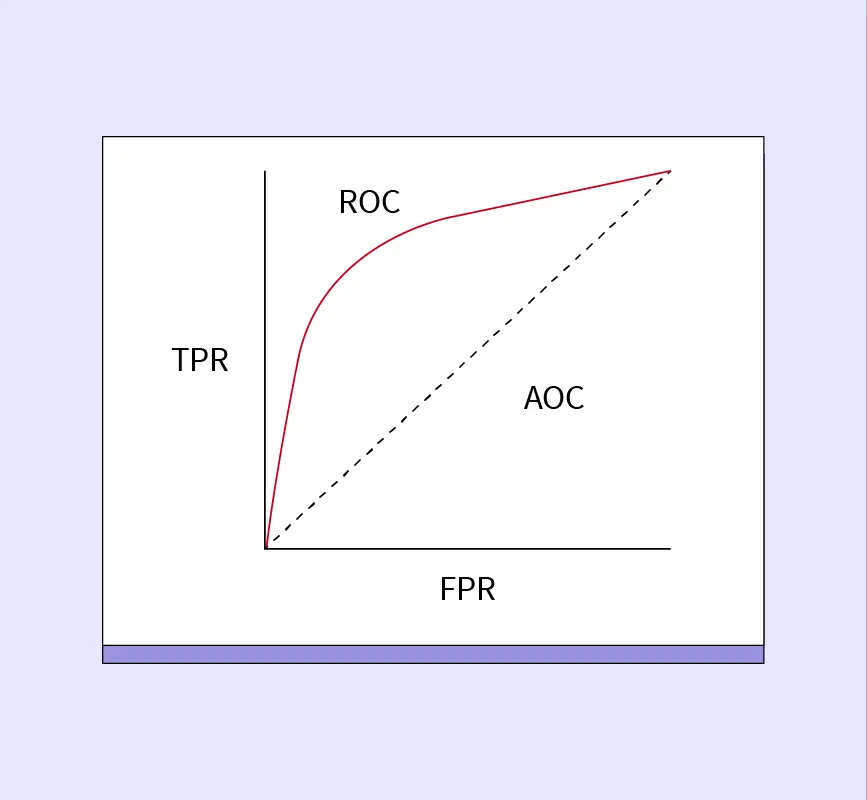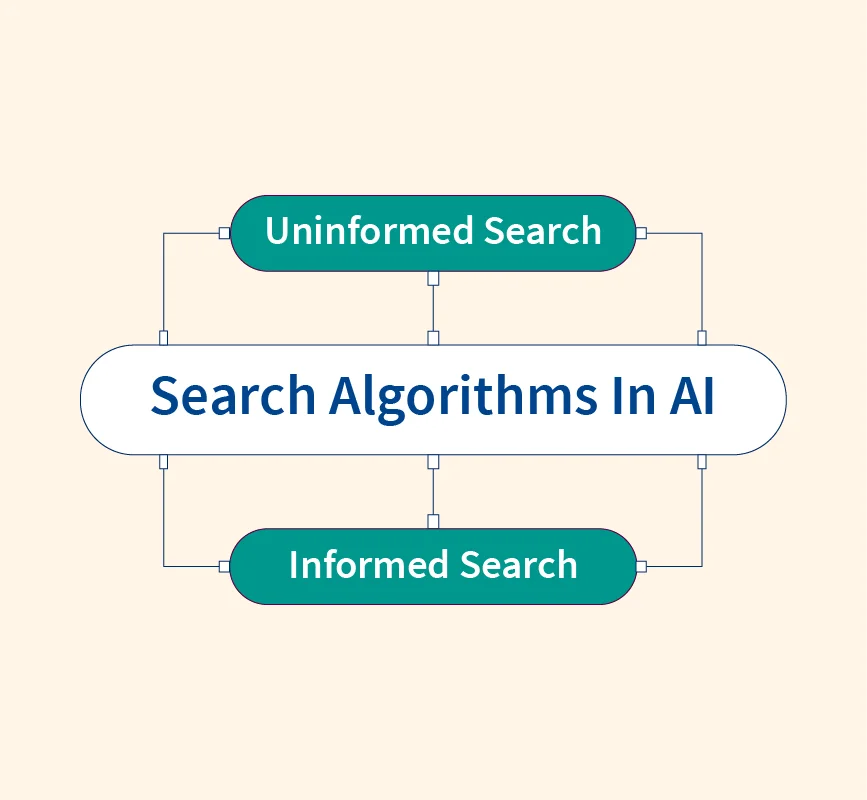Java has become an essential language for machine learning (ML) due to its stability, scalability, and platform independence. As businesses seek reliable ML solutions, Java offers tools that enable the seamless deployment of models across platforms. Java’s multi-threading capabilities allow for parallel task execution, which enhances the performance of ML algorithms, especially in real-time applications. Additionally, the language’s robust memory management ensures smoother handling of large datasets.
While Python is more prevalent in the ML community, Java provides a compelling alternative for enterprise-level applications that require high performance and integration with existing systems. This article explores how Java contributes to the development of ML models.
Why Use Java for Machine Learning?
Java is a reliable choice for machine learning due to its performance, scalability, and strong integration with enterprise systems. Its multi-threading capability allows programs to handle multiple tasks simultaneously, improving the efficiency of model training and deployment. Java’s portability ensures that code runs consistently across platforms, making it ideal for large-scale projects.
In terms of memory management, Java’s garbage collection feature prevents memory leaks, allowing long training sessions to run smoothly. The language’s compatibility with big data tools like Apache Hadoop and Apache Spark makes it well-suited for projects involving massive datasets and distributed computing.
Although Python dominates the machine learning field, Java is preferred in production environments that require high security and seamless integration with existing applications. The extensive Java community ensures strong support, continuous updates, and robust documentation. Java’s backward compatibility also makes it easier for enterprises to incorporate new machine learning models into their legacy systems without significant modifications.
Key Java Libraries for Machine Learning
Java offers a range of powerful libraries designed to meet various machine learning needs. These libraries enable developers to perform data mining, deep learning, and statistical analysis efficiently. Below is an overview of the most widely used libraries, each with unique features that make them valuable for specific use cases.
1. Weka
Weka, developed at the University of Waikato, is an open-source tool for data mining and machine learning. It offers a graphical interface and supports multiple algorithms for tasks like classification, clustering, and regression. Weka simplifies the experimentation process, making it ideal for academic research and rapid prototyping.
Weka’s ease of use and built-in visualization capabilities allow developers to analyze patterns and assess model performance without requiring advanced programming skills. It is commonly used in research projects and smaller-scale machine learning applications where simplicity is more critical than scalability.
2. DeepLearning4j
DeepLearning4j is a deep learning framework designed for Java. It supports building convolutional neural networks, recurrent neural networks, and other advanced architectures. DL4J is optimized for distributed computing, making it suitable for handling large datasets across multiple nodes.
It integrates with Apache Spark, providing scalable solutions for real-time machine learning applications. DL4J is popular in applications such as image recognition, natural language processing, and predictive analytics. Enterprises favor it for its scalability and ability to perform real-time deep learning.
3. Apache Mahout
Apache Mahout focuses on large-scale machine learning and distributed computing. It provides tools for classification, clustering, and collaborative filtering, with a strong emphasis on recommendation systems.
Mahout works closely with Hadoop, leveraging its distributed infrastructure to process large datasets efficiently. Its scalability makes it ideal for e-commerce platforms and organizations dealing with big data. Mahout’s collaborative filtering capabilities are widely used to build personalized recommendation engines.
4. JavaML
JavaML is a lightweight machine learning library that provides essential algorithms for classification, clustering, and feature selection. It is straightforward to use, with minimal configuration required, making it an excellent choice for developers new to machine learning or working on small projects.
JavaML emphasizes simplicity and ease of integration with other Java applications. Although it lacks the depth of larger frameworks like Weka, it is effective for prototyping and embedded applications. It serves as a good starting point for developers exploring machine learning concepts.
5. ADAMS
ADAMS, the Advanced Data Mining and Machine Learning System, is a flexible framework that allows users to design custom data mining workflows through a graphical interface. It supports a wide range of machine learning algorithms and integrates with tools like Weka and R.
ADAMS is suitable for research projects and data mining competitions, where rapid prototyping and customizable workflows are essential. Developers can experiment with different algorithms and workflows without extensive programming knowledge. Its flexibility makes it a powerful tool for dynamic datasets and adaptable solutions.
6. JSAT
JSAT, the Java Statistical Analysis Tool, offers a wide range of statistical learning algorithms, including support vector machines, K-means clustering, and neural networks. It is optimized for high-performance computing, allowing developers to train models quickly, even on large datasets.
JSAT is particularly useful for researchers and data scientists working on statistical modeling projects. Its lightweight nature makes it suitable for academic environments where quick experimentation is required. The library also offers flexibility in customizing algorithms, making it ideal for statistical learning.
7. Apache OpenNLP
Apache OpenNLP is a natural language processing library for tasks like tokenization, sentence segmentation, part-of-speech tagging, named entity recognition, and text classification. Its modular design allows developers to build language models that integrate smoothly with other Java applications.
The library is widely used in customer service platforms for developing chatbots, sentiment analysis tools, and text-based recommendation engines. OpenNLP helps businesses extract meaningful insights from unstructured text data, improving customer interactions and user experiences. It is valuable for projects involving social media monitoring and automated support systems.
Setting Up a Java Development Environment for Machine Learning
To begin developing machine learning models in Java, setting up the right environment is essential. Below is a step-by-step guide to help you get started:
Install the JDK (Java Development Kit)
The JDK is required to compile and run Java programs. Download the latest version of the JDK from Oracle’s official website or use an open-source alternative like OpenJDK. Follow the installation instructions based on your operating system. After installation, configure the environment variables by adding the Java bin directory to the system’s PATH to ensure Java runs smoothly from the command line.
Choose an Integrated Development Environment (IDE)
Using a good IDE simplifies development. The two most popular choices for Java are:
- IntelliJ IDEA: Known for its robust features and user-friendly interface, it offers code completion, debugging tools, and seamless integration with version control systems.
- Eclipse: A powerful open-source IDE widely used for enterprise applications. It provides a range of plugins to extend functionality, making it ideal for complex machine learning projects.
Both IDEs support Maven and Gradle, which can manage dependencies for machine learning libraries.
Install Machine Learning Libraries
Once the IDE is set up, install the necessary machine learning libraries. Libraries such as Weka, DL4J, and Apache Mahout are available via Maven Central or can be downloaded and added manually to the project. Maven or Gradle can be configured to automatically manage dependencies, saving time and effort.
Integrate with External Libraries
For more advanced tasks, integrating Java with tools like Apache Spark and TensorFlow Java API is essential.
- Apache Spark: Ideal for distributed machine learning tasks. Install Spark and configure it within your IDE to handle large datasets efficiently. Spark provides support for Java-based ML pipelines.
- TensorFlow Java API: Use TensorFlow’s Java bindings to develop deep learning models. This API allows developers to leverage TensorFlow’s capabilities while writing code in Java.
Test the Setup
After installation, verify that everything works by writing a simple Java program to ensure that your IDE, libraries, and external tools are configured correctly. Testing the setup helps identify issues early and ensures smooth development.
Key Tools and Frameworks for Machine Learning in Java
Java integrates with several powerful tools and frameworks to streamline machine learning tasks. These tools help developers manage large datasets, perform distributed computing, and build advanced deep learning models. Below is an overview of the key tools that enhance the effectiveness of machine learning with Java.
1. Hadoop and Big Data Integration
Hadoop is an open-source framework that enables the storage and processing of large datasets across distributed clusters. Java integrates seamlessly with Hadoop, making it an ideal combination for machine learning tasks that involve vast amounts of data. With Hadoop’s distributed file system (HDFS), developers can store massive datasets efficiently and retrieve them for analysis when needed.
Java programs can interact with Hadoop through its API, allowing machine learning models to access and process data stored across multiple nodes. Additionally, Hadoop’s MapReduce framework breaks down complex tasks into smaller operations that run in parallel, significantly speeding up the learning process for large datasets. This makes Hadoop a preferred choice for e-commerce platforms, financial institutions, and healthcare systems dealing with big data.
2. Apache Spark
Apache Spark is a powerful engine for distributed computing and real-time data processing. It works well with Java, allowing developers to create machine learning pipelines that run efficiently across distributed clusters. Spark’s machine learning library, MLlib, provides pre-built algorithms for classification, clustering, regression, and recommendation systems, all accessible through Java.
Java developers use Spark to build and deploy scalable machine learning models capable of processing data streams in real time. For example, financial services use Spark with Java to analyze stock trends and detect fraud in real time. Spark’s fault tolerance and speed make it a top choice for organizations seeking high-performance solutions for large-scale machine learning tasks.
3. TensorFlow Java API
TensorFlow, a leading deep learning framework, offers a Java API that allows developers to leverage TensorFlow’s capabilities while writing code in Java. With this API, developers can build and deploy deep learning models such as neural networks for image recognition, natural language processing, and predictive analytics.
The TensorFlow Java API provides seamless integration with Java applications, enabling the development of end-to-end machine learning solutions. It is commonly used in enterprises for deploying production-grade models where performance and scalability are essential.
Machine Learning Example in Java
This section provides a walkthrough of a simple machine learning example in Java, from data preparation to making predictions. We will use the Weka library for a basic classification task.
1. Preparing the Data
First, load and prepare the dataset. In this example, we use the Iris dataset, a well-known dataset for classification tasks. To begin, download the dataset in CSV format and add it to your project directory. Use the Weka library to load the dataset:
import weka.core.Instances;
import weka.core.converters.ConverterUtils.DataSource;
public class LoadData {
public static void main(String[] args) throws Exception {
DataSource source = new DataSource("iris.csv");
Instances data = source.getDataSet();
data.setClassIndex(data.numAttributes() - 1); // Set the target attribute
System.out.println(data);
}
}This code snippet loads the Iris dataset and sets the class index to the target attribute, which is the species of the flower.
2. Implementing the Machine Learning Algorithm
In this example, we use Weka’s J48 classifier, a decision tree algorithm, to classify the Iris flowers. Here’s how to implement the classifier:
import weka.classifiers.trees.J48;
import weka.core.Instances;
public class TrainModel {
public static void main(String[] args) throws Exception {
// Load the dataset
Instances data = new DataSource("iris.csv").getDataSet();
data.setClassIndex(data.numAttributes() - 1);
// Initialize the J48 classifier
J48 tree = new J48();
tree.buildClassifier(data);
// Print the model
System.out.println(tree);
}
}This code initializes the J48 classifier and trains it on the Iris dataset. After training, the decision tree structure is printed.
3. Training and Evaluating the Model
To evaluate the model’s performance, we use 10-fold cross-validation, a common evaluation technique in machine learning:
import weka.classifiers.Evaluation;
import weka.core.Instances;
public class EvaluateModel {
public static void main(String[] args) throws Exception {
Instances data = new DataSource("iris.csv").getDataSet();
data.setClassIndex(data.numAttributes() - 1);
J48 tree = new J48();
Evaluation eval = new Evaluation(data);
eval.crossValidateModel(tree, data, 10, new java.util.Random(1));
System.out.println(eval.toSummaryString());
}
}This code evaluates the model using cross-validation and prints a summary of the results, including accuracy and error rates.
4. Making Predictions
To make predictions with the trained model, provide new data as input:
double prediction = tree.classifyInstance(data.instance(0));
System.out.println("Prediction: " + data.classAttribute().value((int) prediction));This snippet predicts the class label for the first instance in the dataset and prints the result.
Best Practices for Machine Learning in Java
Optimizing machine learning models in Java requires careful planning and smart use of resources. Below are some essential tips to ensure better performance, scalability, and smooth debugging.
Efficient Memory Usage
Managing memory efficiently is critical when working with large datasets. Java’s garbage collector helps, but developers must still minimize memory consumption by releasing unused objects and avoiding unnecessary data duplication. Using data streams instead of loading entire datasets into memory is also effective for large-scale tasks. Developers should leverage tools like VisualVM to monitor memory usage and identify bottlenecks during execution.
Parallel Processing for Faster Training
Java’s multi-threading capabilities allow developers to train models faster by running tasks in parallel. Use ExecutorService and Fork/Join frameworks to implement parallelism. When working with data-heavy models, applying parallel processing can significantly reduce training time. For distributed machine learning tasks, frameworks like Apache Spark can execute operations across multiple nodes efficiently.
Debugging and Scaling Machine Learning Models
Debugging Java applications can be simplified by using the debugging tools provided in IDEs like IntelliJ IDEA and Eclipse. Implementing logging frameworks such as Log4j can help track and troubleshoot model behavior. Developers should also consider modularizing code into smaller, testable components to make debugging easier.
For scalability, design models with cloud-based deployment in mind. Integrate Java-based machine learning models with cloud platforms like Google Cloud or AWS to handle growing workloads. Ensuring that the codebase follows best practices for maintainability makes it easier to extend or scale applications as needed.
Conclusion
Java offers a powerful ecosystem for building and deploying machine learning models, especially for enterprise-level applications that require security, scalability, and performance. With libraries like Weka, DeepLearning4j, and Apache Mahout, Java provides developers with robust tools for tackling a variety of machine learning tasks. By following best practices for memory management, parallel processing, and debugging, developers can optimize their machine learning workflows. While Python may dominate the field, Java remains a reliable and versatile option for machine learning projects. Developers are encouraged to explore the various libraries and tools available to unlock the full potential of Java in machine learning.
References:


